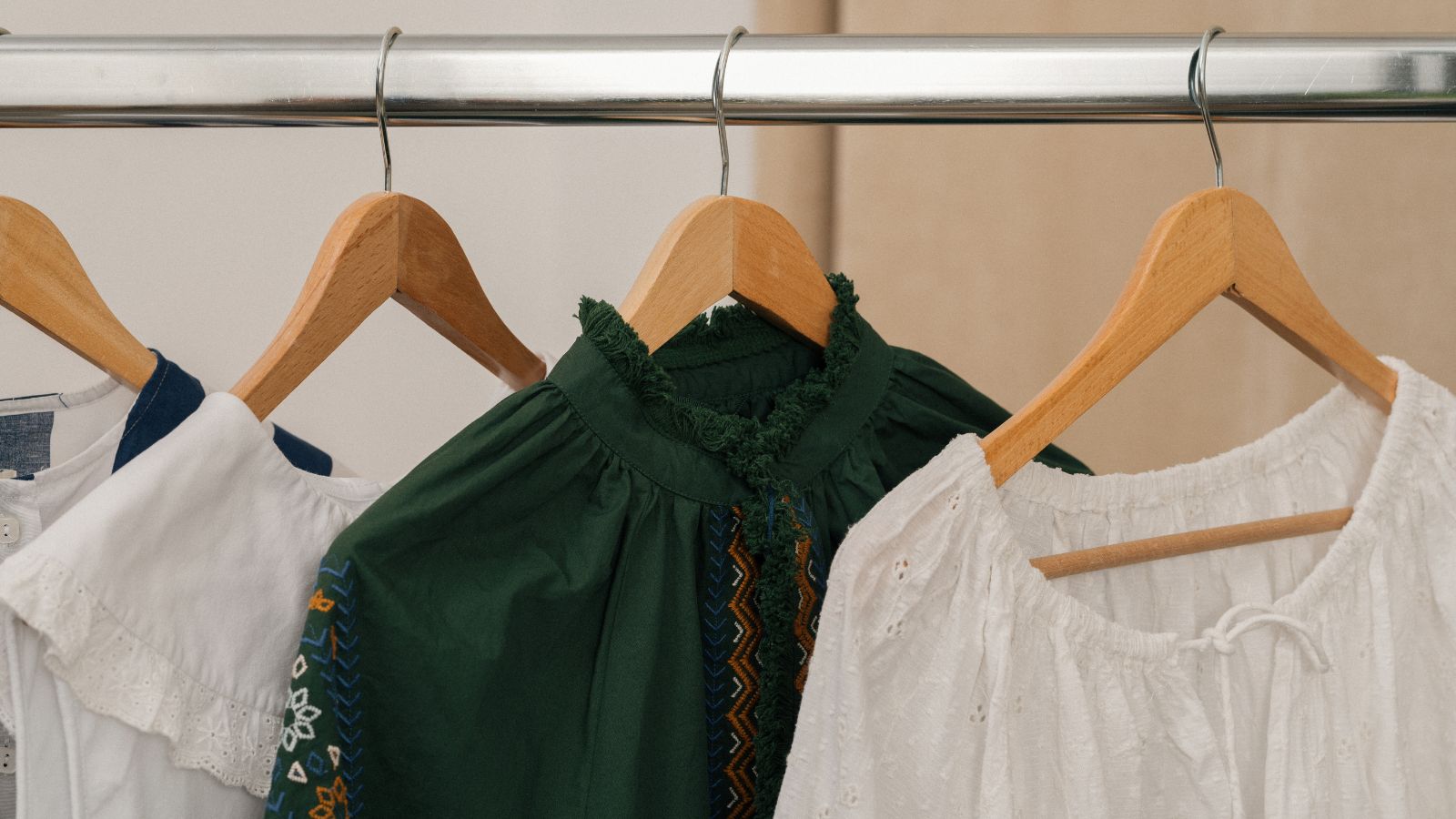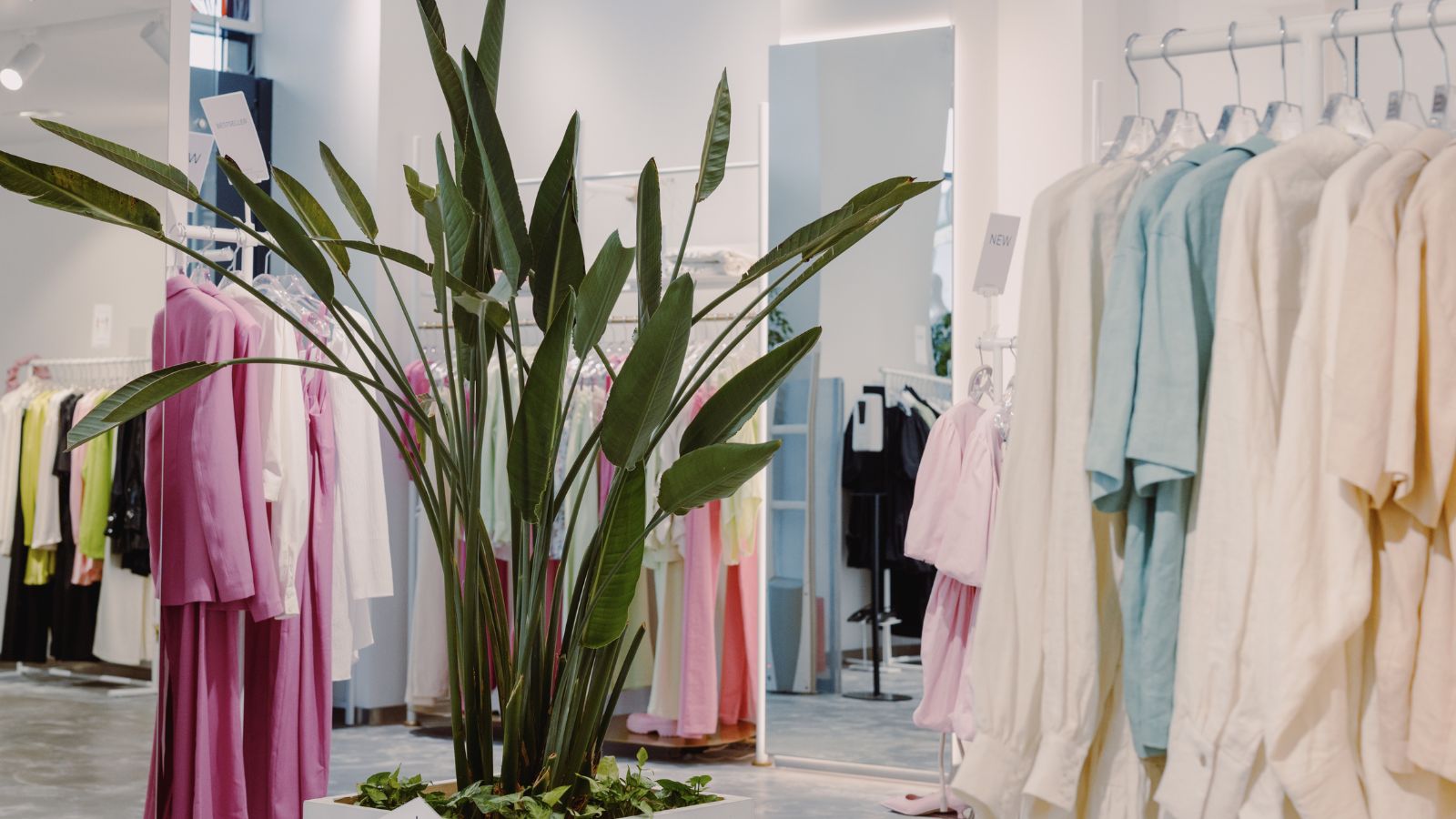The fashion clothing industry has been growing rapidly. But it isn’t just fashion giants that are making waves today!
There are several small Shopify clothing stores that are offering a unique collection of products, and they’re taking an innovative approach to reaching their target audience as well.
In this post, we’re going to look at how some small clothes on Shopify are competing with fashion giants using smart commerce tools.
The Growth Of Online Clothing Stores
According to Statista, the online fashion industry is projected to scale at a compound annual growth rate (CAGR) of 13.3% between 2017 and 2027. This includes jackets, activewear, sneakers, handbags and accessories, across different styles, demographics and business models.
And with commerce platforms like Shopify, it is becoming further easier for businesses to take their brand online.
Strategies Small Shopify Stores Are Using To Compete With Fashion Giants
In a world that revolves around the likes of Zara, H&M, ASOS and other brands, here’s how you can see smaller Shopify clothing stores carve their own space:
1. Niche-Focused Branding
One of the key strategies small clothing brands on Shopify are using is to focus on a specific niche. Instead of going after a wider market, these brands are defining their target audience to the utmost detail possible – for example, sustainable fashion, eco-conscious shoppers, size-inclusive apparel or even specific aesthetics.
This strategy is not just helping brands run targeted campaigns to acquire customers, but also build loyal communities.
2. Social Commerce
The global social commerce market is projected to grow at a CAGR of 31.6% from 2023 to 2030, and small brands have caught on. Small Shopify clothing stores are running integrated commerce functions by setting up shops on Instagram, TikTok, Pinterest and other channels as well to make it easier for consumers to go from exploring products to purchasing them.

3. Influencer Marketing
Another tactic that small Shopify clothing stores are using is to reach their target audience through content creators and influencers. They’re collaborating with niche fashion bloggers to generate high engagement and encouraging more user generated content to keep the momentum going.
4. Subscription Boxes
With increased competition in the fashion industry, smaller brands are also focusing on recurring revenue. This includes tactics like monthly fashion subscription boxes based on styles, themes or trends. It is infact becoming an entire niche that is getting carved out in the market today for the ease it offers to buyers.
5. Exclusivity And Pre-Orders
Another tactic we’re seeing small Shopify clothing stores use is creating limited-edition drops to create a sense of exclusivity, encouraging immediate purchases. They’re also using pre-orders as a way to secure demand – which is especially handy for dropshipping and print-on-demand fashion brands.
6. Sustainability Focus
Consumers are increasingly prioritizing ethical and sustainable fashion. Small Shopify clothing stores can be seen capitalizing on this trend – be it ethically sourcing fabrics, eco-friendly production methods, packaging material and carbon-neutral shipping options.
7. Direct-To-Consumer (Dtc)
Fashion giants mostly rely on wholesalers and retailers to get through to consumers. But small Shopify stores operate with a direct-to-consumer model that gives them full control over branding, pricing and how they develop customer relationships. This also lets them offer competitive pricing, appealing to a wider demographic of consumers.

8. Leveraging Personalization
Shopify equips online clothing stores with powerful AI-driven personalization tools. This includes being able to show personalized product recommendations based on browsing history and purchases, email marketing campaigns with dynamic content and implementing smart chatbots to assist shoppers in making the right choice.
9. Omnichannel Marketing
One of the most important strategies being used by small Shopify clothing stores to keep their audience engaged is omnichannel marketing. They can be seen using social media, email, SMS and WhatsApp to establish constant communication with customers – leading to higher brand recall; almost equivalent to that of the bigger names.
Conclusion
The clothing industry is evolving rapidly owing to changing consumer preferences. While there are several business opportunities coming to the forefront, there’s also equal amounts of competition. That’s where building a niche and focusing on a well-segmented target audience becomes important.
With the right mix of creativity, technology and customer-centric strategies, small Shopify clothing stores can thrive in fast-moving markets.


